Edgar Talavera
MOC-AE: An Anatomically-Pathological-Based model for Clinical Decision Support System of tumoural brain images
Jan 09, 2023Abstract:The present work proposes a Multi-Output Classification Autoencoder (MOC-AE) algorithm to extract features from brain tumour images. The proposed algorithm is able to focus on both the normal features of the patient and the pathological features present in the case, resulting in a compact and significant representation of each image. The architecture of MOC-AE combines anatomical information from the patients scan using an Autoencoder (AE) with information related to a specific pathology using a classification output with the same image descriptor. This combination of goals forces the network to maintain a balance between anatomical and pathological features of the case while maintaining the low cost of the labels being used. The results obtained are compared with those of similar studies and the strengths and limitations of each approach are discussed. The results demonstrate that the proposed algorithm is capable of achieving state-of-the-art results in terms of both the anatomical and tumor characteristics of the recommended cases.
Dynamics of Fourier Modes in Torus Generative Adversarial Networks
Sep 05, 2022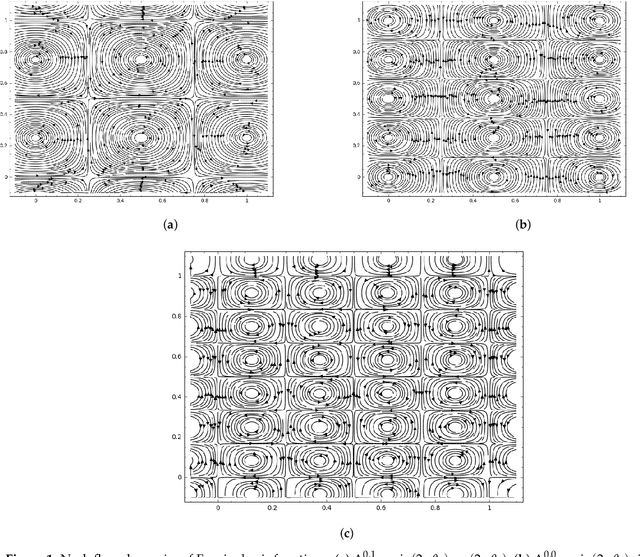
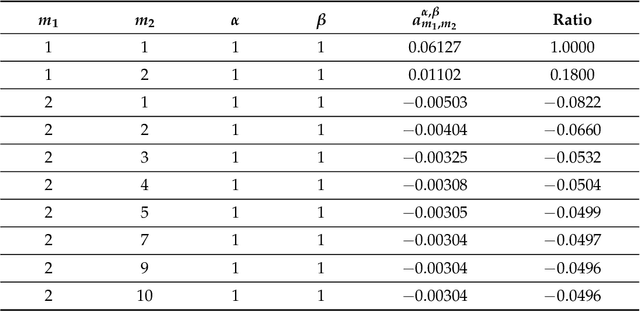
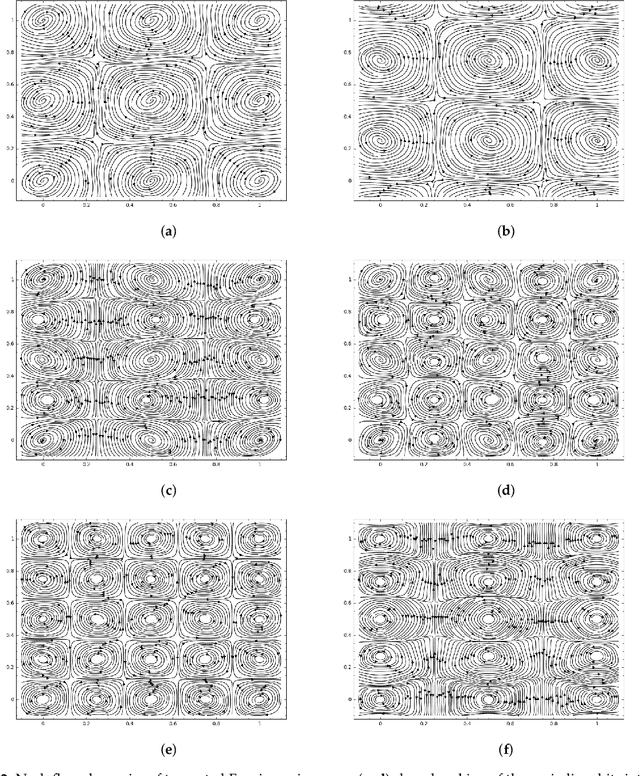
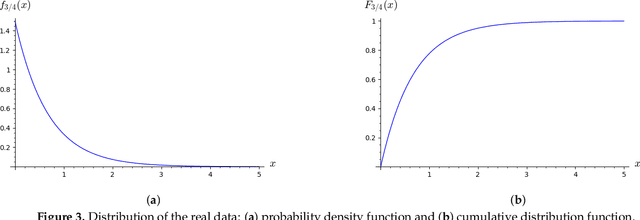
Abstract:Generative Adversarial Networks (GANs) are powerful Machine Learning models capable of generating fully synthetic samples of a desired phenomenon with a high resolution. Despite their success, the training process of a GAN is highly unstable and typically it is necessary to implement several accessory heuristics to the networks to reach an acceptable convergence of the model. In this paper, we introduce a novel method to analyze the convergence and stability in the training of Generative Adversarial Networks. For this purpose, we propose to decompose the objective function of the adversary min-max game defining a periodic GAN into its Fourier series. By studying the dynamics of the truncated Fourier series for the continuous Alternating Gradient Descend algorithm, we are able to approximate the real flow and to identify the main features of the convergence of the GAN. This approach is confirmed empirically by studying the training flow in a $2$-parametric GAN aiming to generate an unknown exponential distribution. As byproduct, we show that convergent orbits in GANs are small perturbations of periodic orbits so the Nash equillibria are spiral attractors. This theoretically justifies the slow and unstable training observed in GANs.
Data Augmentation techniques in time series domain: A survey and taxonomy
Jun 25, 2022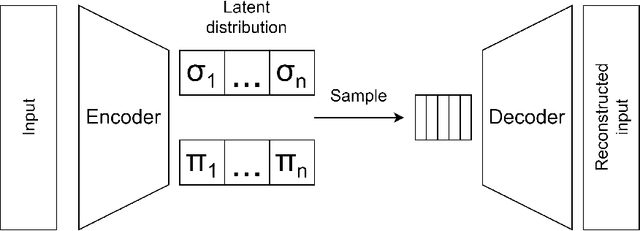
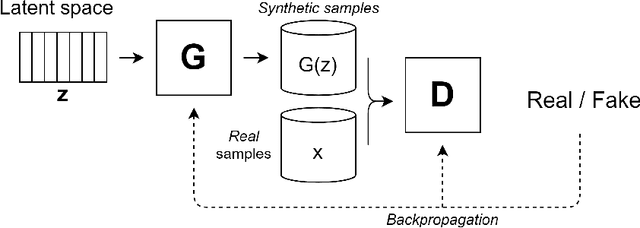
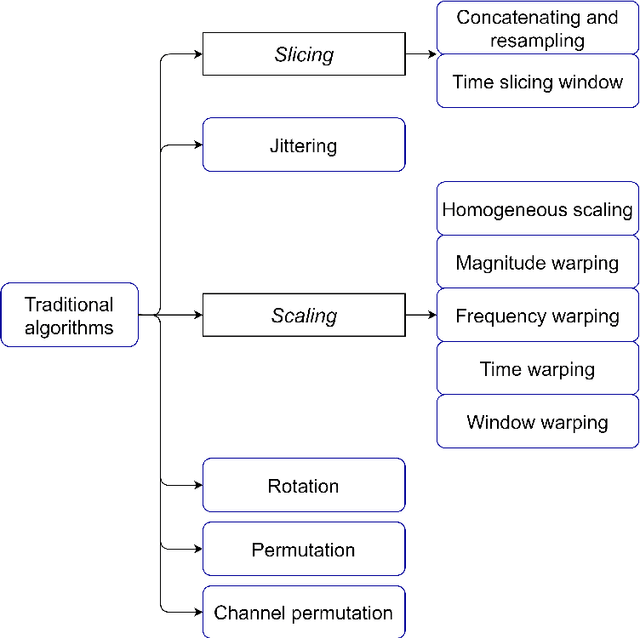
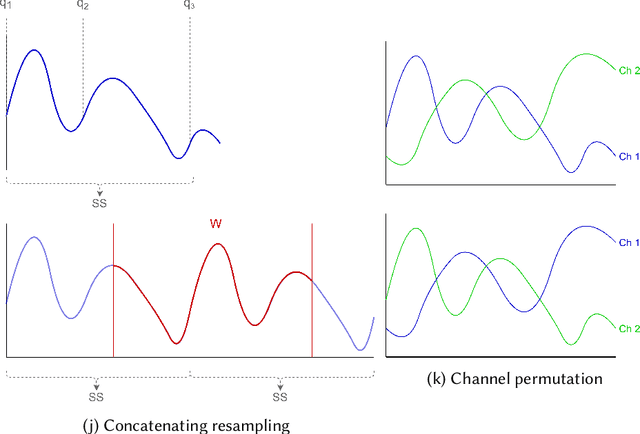
Abstract:With the latest advances in deep learning generative models, it has not taken long to take advantage of their remarkable performance in the area of time series. Deep neural networks used to work with time series depend heavily on the breadth and consistency of the datasets used in training. These types of characteristic are not usually abundant in the real world, where they are usually limited and often with privacy constraints that must be guaranteed. Therefore, an effective way is to increase the number of data using \gls{da} techniques, either by adding noise or permutations and by generating new synthetic data. It is systematically review the current state-of-the-art in the area to provide an overview of all available algorithms and proposes a taxonomy of the most relevant researches. The efficiency of the different variants will be evaluated; as a vital part of the process, the different metrics to evaluate the performance and the main problems concerning each model will be analysed. The ultimate goal of this study is to provide a summary of the evolution and performance of areas that produce better results to guide future researchers in this field.
A survey on GANs for computer vision: Recent research, analysis and taxonomy
Mar 21, 2022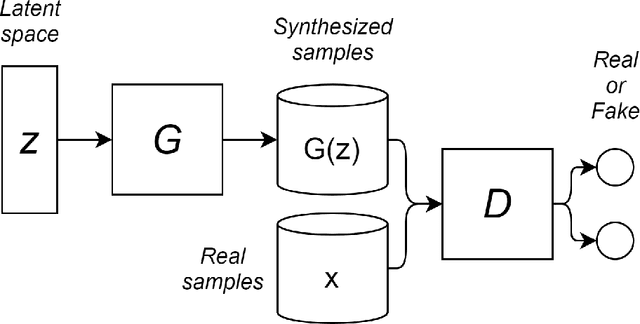


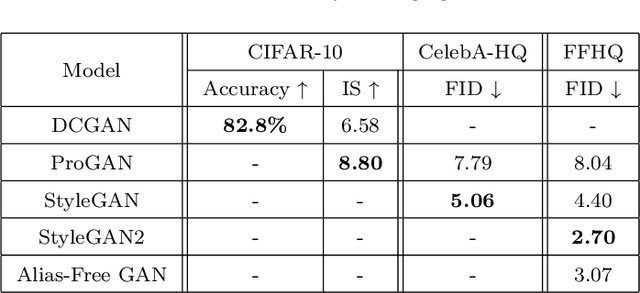
Abstract:In the last few years, there have been several revolutions in the field of deep learning, mainly headlined by the large impact of Generative Adversarial Networks (GANs). GANs not only provide an unique architecture when defining their models, but also generate incredible results which have had a direct impact on society. Due to the significant improvements and new areas of research that GANs have brought, the community is constantly coming up with new researches that make it almost impossible to keep up with the times. Our survey aims to provide a general overview of GANs, showing the latest architectures, optimizations of the loss functions, validation metrics and application areas of the most widely recognized variants. The efficiency of the different variants of the model architecture will be evaluated, as well as showing the best application area; as a vital part of the process, the different metrics for evaluating the performance of GANs and the frequently used loss functions will be analyzed. The final objective of this survey is to provide a summary of the evolution and performance of the GANs which are having better results to guide future researchers in the field.
Improving the quality of generative models through Smirnov transformation
Oct 29, 2021
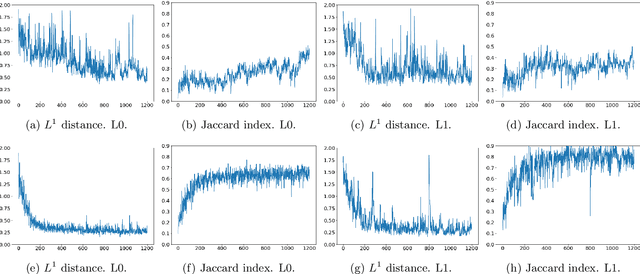
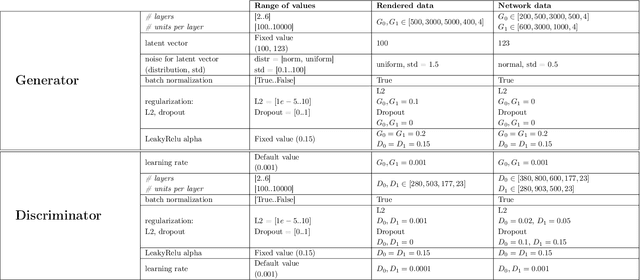
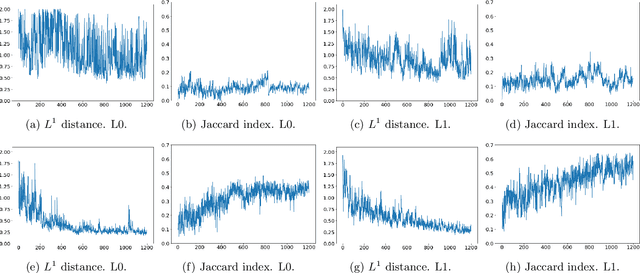
Abstract:Solving the convergence issues of Generative Adversarial Networks (GANs) is one of the most outstanding problems in generative models. In this work, we propose a novel activation function to be used as output of the generator agent. This activation function is based on the Smirnov probabilistic transformation and it is specifically designed to improve the quality of the generated data. In sharp contrast with previous works, our activation function provides a more general approach that deals not only with the replication of categorical variables but with any type of data distribution (continuous or discrete). Moreover, our activation function is derivable and therefore, it can be seamlessly integrated in the backpropagation computations during the GAN training processes. To validate this approach, we evaluate our proposal against two different data sets: a) an artificially rendered data set containing a mixture of discrete and continuous variables, and b) a real data set of flow-based network traffic data containing both normal connections and cryptomining attacks. To evaluate the fidelity of the generated data, we analyze both their results in terms of quality measures of statistical nature and also regarding the use of these synthetic data to feed a nested machine learning-based classifier. The experimental results evince a clear outperformance of the GAN network tuned with this new activation function with respect to both a na\"ive mean-based generator and a standard GAN. The quality of the data is so high that the generated data can fully substitute real data for training the nested classifier without a fall in the obtained accuracy. This result encourages the use of GANs to produce high-quality synthetic data that are applicable in scenarios in which data privacy must be guaranteed.
Synthetic flow-based cryptomining attack generation through Generative Adversarial Networks
Jul 30, 2021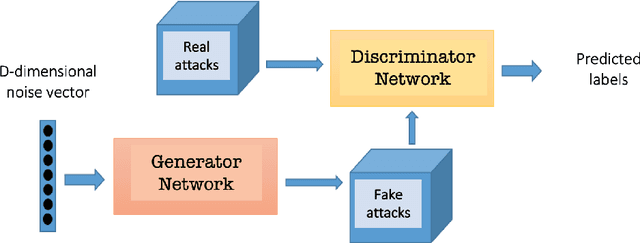
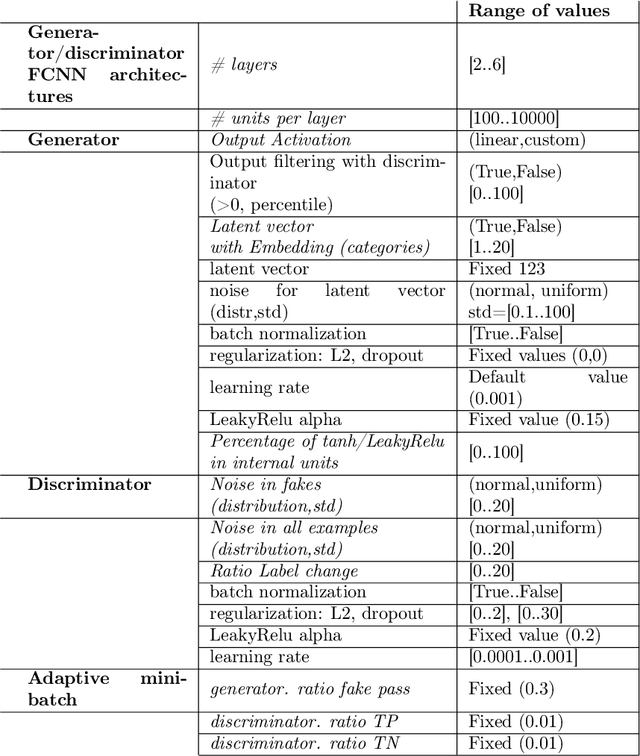
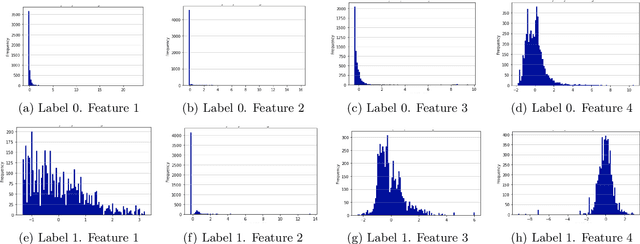
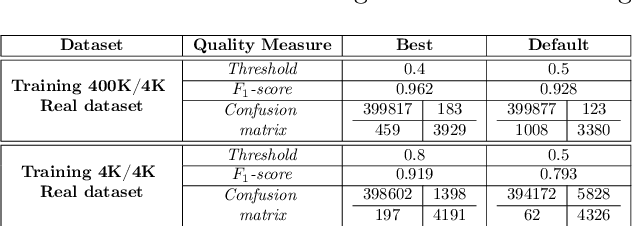
Abstract:Due to the growing rise of cyber attacks in the Internet, flow-based data sets are crucial to increase the performance of the Machine Learning (ML) components that run in network-based intrusion detection systems (IDS). To overcome the existing network traffic data shortage in attack analysis, recent works propose Generative Adversarial Networks (GANs) for synthetic flow-based network traffic generation. Data privacy is appearing more and more as a strong requirement when processing such network data, which suggests to find solutions where synthetic data can fully replace real data. Because of the ill-convergence of the GAN training, none of the existing solutions can generate high-quality fully synthetic data that can totally substitute real data in the training of IDS ML components. Therefore, they mix real with synthetic data, which acts only as data augmentation components, leading to privacy breaches as real data is used. In sharp contrast, in this work we propose a novel deterministic way to measure the quality of the synthetic data produced by a GAN both with respect to the real data and to its performance when used for ML tasks. As a byproduct, we present a heuristic that uses these metrics for selecting the best performing generator during GAN training, leading to a stopping criterion. An additional heuristic is proposed to select the best performing GANs when different types of synthetic data are to be used in the same ML task. We demonstrate the adequacy of our proposal by generating synthetic cryptomining attack traffic and normal traffic flow-based data using an enhanced version of a Wasserstein GAN. We show that the generated synthetic network traffic can completely replace real data when training a ML-based cryptomining detector, obtaining similar performance and avoiding privacy violations, since real data is not used in the training of the ML-based detector.
 Add to Chrome
Add to Chrome Add to Firefox
Add to Firefox Add to Edge
Add to Edge